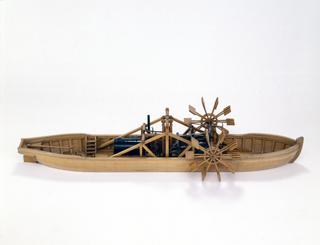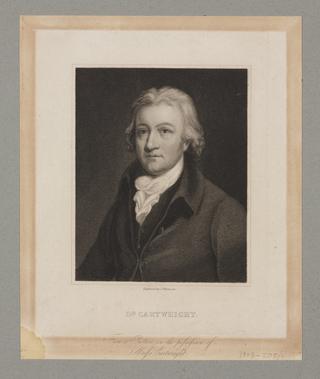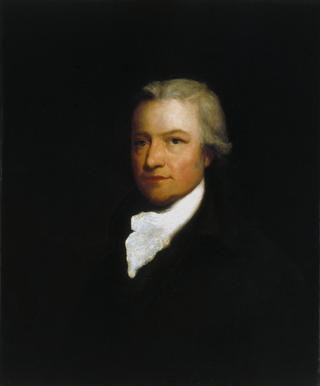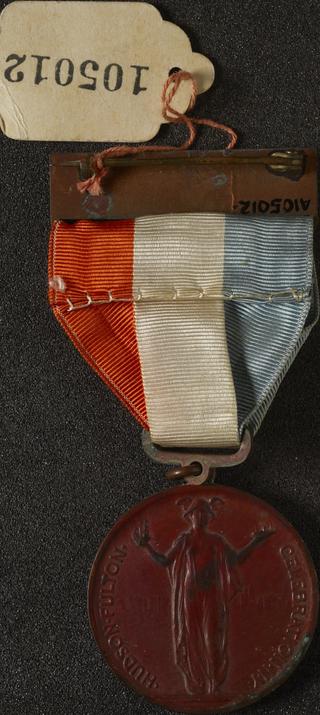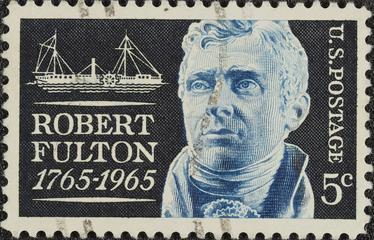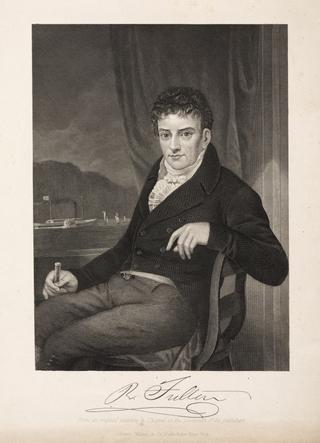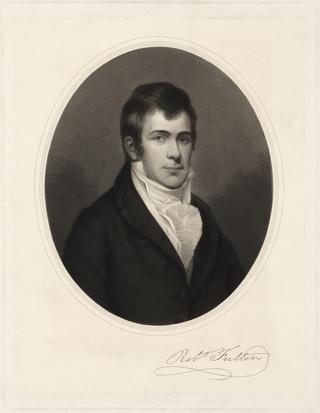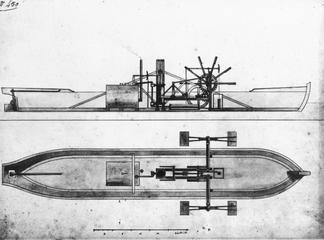
1786 - went to Bath, Virginia, to recover from a severe cough. 1787 - in order to further his artistic skills, local merchants, eager to raise the city’s cultural level, financed his passage to London. 1794 - having little success as a painter, he turned his principal efforts toward canal engineering. 1796 - wrote Treatise on the Improvement of Canal Navigation. 1797 - moved to Paris, where he proposed the idea of a submarine, the “Nautilus,” to be used in France’s war with Britain. 1800 - after the French government rejected his submarine idea, he built the “Nautilus” at his own expense but it proved too slow and unable to stop British shipping. 1801 - met Robert R. Livingston in Paris and, together, they built a steamboat using Fulton’s design. 1804 - returned to London where he advanced his ideas with the British government for submersible and low-lying craft that would carry explosives in an attack. Two raids against the French, however, were unsuccessful. 1806 - returned to America where, in new York, he set to work supervising the construction of the steamboat that had been planned in Paris with Livingston. 1807 - a 150 foot (45 metre) long “Steamboat” was ready for trials. 1808 - the North River Steamboat of Clermont registered. 1811 - the “New Orleans” was sent south to validate the Livingston–Fulton steamboat monopoly of the New Orleans Territory. 1814 - the Demologos, the world’s first steam warship, was launched but was never used in battle.
